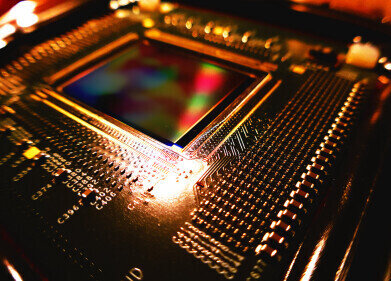Microscopy & Microtechniques
Scientists create light in a vacuum
Nov 17 2011
Scientists have succeeded in creating light from a vacuum, proving that a vacuum is by no means empty nothingness.
A team from Chalmers University of Technology published the results following the success, an effect which was first predicted some 40 years ago when scientists noted that 'virtual particles' exist within a vacuum, so called because of their transitory lifespan.
Chalmers scientist Christopher Wilson and his team created the effect by getting photons to leave their virtual state and become real photons, generating measurable light.
"Relatively little energy is therefore required in order to excite them out of their virtual state. In principle, one could also create other particles from vacuum, such as electrons or protons, but that would require a lot more energy," added Goran Johansson, associate professor of Theoretical Physics.
The experiment is valuable because it is believed that vacuum fluctuations may have a connection with 'dark energy' which drives the accelerated expansion of the universe.
Posted by Neil Clark
Digital Edition
ILM 49.5 July
July 2024
Chromatography Articles - Understanding PFAS: Analysis and Implications Mass Spectrometry & Spectroscopy Articles - MS detection of Alzheimer’s blood-based biomarkers LIMS - Essent...
View all digital editions
Events
Jul 28 2024 San Diego, CA USA
Jul 30 2024 Jakarta, Indonesia
Jul 31 2024 Chengdu, China
ACS National Meeting - Fall 2024
Aug 18 2024 Denver, CO, USA
Aug 25 2024 Copenhagen, Denmark




24_06.jpg)













